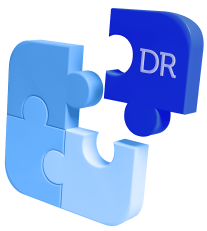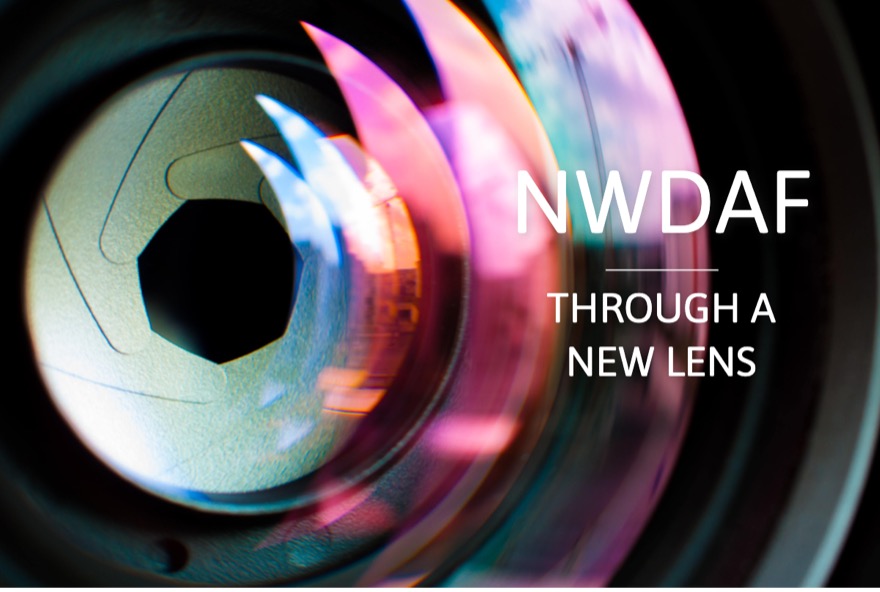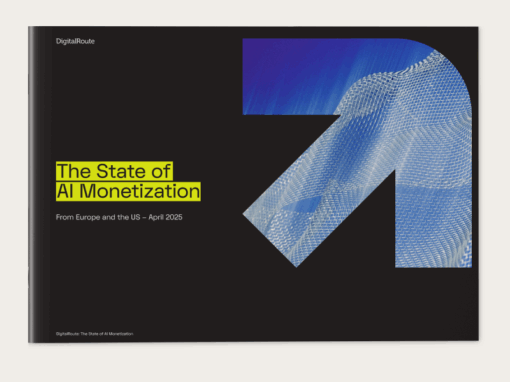5G will unlock a new era of possibilities for businesses. The new products and services we’re expecting to see will be automatically provisioned on-demand, on virtual network resources. To achieve this high automation of lifecycle management, CSPs need to manage the performance of the network, analyze problems, and remediate them in real-time through closed-loop orchestration and Artificial Intelligence (AI). In addition, there is a growing need for B2B end customers to visualize network and service data on SLA-monitoring portals. These will include dashboards that update in real-time and produce custom correlations between different datasets, to track the service performance and predict possible anomalies.
At the same time, contemporary networks have become so complex that it is hard to scale efficient operations. The main reason for this is that there is no standard framework for OSS interoperability, and the absence of an effective AI-driven MLOps network analytics solution.
The 5G Network Data Analytics Function (NWDAF) is a standalone core network feature that was designed to solve the challenges that exist in today’s networks. It acts as the layer responsible for data analytics and network learning, in a 5G system architecture. 3GPP in its latest rel.17 specification has defined a dozen use cases spanning across the categories of user equipment (UE-related) analytics, service experience analytics, and load and performance analytics.
It’s obvious that to preserve their holistic ownership and incumbency in CSP networks, many of the leading network equipment providers offer NWDAF as a closed or ‘black-box’ feature. But with its data holding value beyond network operations, it’s important to consider a broader perspective for use of the Network Data Analytics Function as part of CSP’s *Analytics and Data Democratization strategy.
The capabilities of NWDAF are often associated with proactive management of network performance. However, the most exciting and game-changing possibilities are around user experience, enterprise digital transformation, new Analytics-as-a-Service monetization opportunities, and for NWDAF to be a key component in supporting company-wide AIOps initiatives.
The architecture of the NWDAF supports this approach because its key components can be disaggregated into two logical functions: data management and analytics services. This disaggregation offers multiple benefits that include:
- The potential for the NWDAF to co-exist with other components of a company’s holistic data analytics architecture
- The opportunity to reuse pre-existing analytics components, thereby reducing the time and cost to integrate with the NWDAF
In a recent research perspective, Analysys Mason Principal Analyst is quoted as saying “CSPs must see the NWDAF as a crucial component of their corporate vision for analytics.”
The disaggregation of the NWDAF provides several additional benefits to CSPs:
- Reduced TCO by leveraging existing investments in analytics, storage, etc.
- The open platform enables faster innovation cycles through less dependency on costly vendor change requests or complex product upgrades
- Full flexibility to support 3GPP and non-3GPP use cases through a low code / no code ML Ops platform
- Flexibility to be used and enhanced or extended by CSP’s data scientists, but also citizen data scientists and business users
- Convergence, through the ability to co-exist or to be extended for 2G/3G/4G ML Network Operations
- Improved data insights through data silo elimination (e.g., by separating the Data Collection Layer, the same data can be reused to support other analytics use cases or other applications that need to access the same information)
- Ability to connect to multiple analytics functions, not only related to the network but also to vertical-specific analytics (e.g., banking sector analytics, healthcare, manufacturing, IoT, and edge computing).
* Analytics and Data Democratization is the ongoing process of enabling everybody in an organization, irrespective of their technical know-how, to work with data & AI tools comfortably, to feel confident talking about it, and, as a result, make data-informed decisions and build customer experiences powered by data.
SAS Institute and DigitalRoute have partnered to help CSPs address the broader opportunities for the NWDAF. Both companies believe that a best-of-breed approach will provide the best opportunity for CSPs to fully leverage the disaggregated architecture of the NWDAF and optimize outcomes such as increased customer experience, new monetization opportunities, and the possibility to enable analytics from any network generation as well as supporting broader company analytics initiatives.
“SAS Institute and DigitalRoute are frontrunners and experts in our respective areas, with extensive experience in building revenue and operational solutions for telecom, that now include NWDAF and automated operations,” said Sasa Crnojevic , Network AI & Machine Learning Business Principal, at SAS Institute. “We understand the value and difference a flexible, vendor-agnostic, and easily configured low code / no code solution provides to the bottom line and democratization of data & AI.”
Patrik Bruce, Senior Product Manager at DigitalRoute ads “We believe our solution will not only meet 3GPP NWDAF requirements but will also help our customers to bind network data with enterprise-specific data and thus provide valuable insights to their enterprise customers and, eventually, benefit from new monetization opportunities like Analytics-as-a-Service. “
DigitalRoute and SAS Institute showcased our NWDAF proposition at the TM Forum’s Digital Transformation World 2022 in Copenhagen on September 20-22. We are looking forward to further meetings to discuss this exciting topic.








